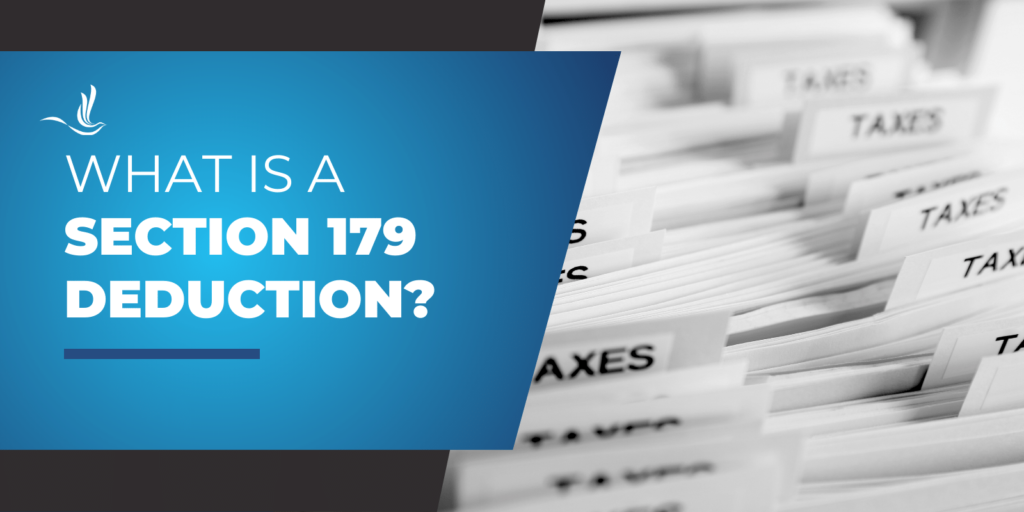
When it comes to running a business, one of the key goals is to minimize expenses and maximize profits. One often overlooked avenue for achieving this is by taking advantage of tax deductions. Section 179 of the Internal Revenue Code offers a powerful tool for business owners to significantly reduce their tax liability while investing in essential equipment and technology. In this article, we’ll break down the Section 179 deduction, how they work, and how you can leverage them to benefit your business’s bottom line.
Understanding Section 179 Deductions
Section 179 is a provision in the U.S. tax code that allows businesses to deduct the full purchase price of qualifying equipment purchased or financed during the tax year. This deduction is designed to encourage businesses to invest in themselves by providing an immediate tax break for capital expenditures. In other words, instead of depreciating the cost of these assets over several years, you can deduct the entire expense in the year you make the purchase.
Qualifying Assets
Not all assets are eligible for Section 179 deductions. The IRS defines eligible assets as tangible personal property used for business purposes. This includes machinery, equipment, vehicles, livestock, computers, and furniture. It also includes some intangible assets such as copyrights, patents, and software that is not custom-made. It’s important to note that the asset in question must be used more than 50% for business-related activities to qualify for the deduction.
Limits and Maximum Deductions
While Section 179 deductions can be incredibly advantageous, there are limits to how much you can deduct in a given tax year. For tax year 2023, the maximum deduction limit was $1,160,000, with a spending cap of $2,890,000. This means that if your business spends more than $2,890,000 on qualifying assets, the deduction begins to phase out dollar-for-dollar.
In addition, there are specific limitations on which vehicles for business use qualify. For example, there is a spending cap on heavy vehicles that weigh between 6,000 and 14,000 pounds. These typically include SUVs, pickup trucks, and commercial vans. In 2023, this cap is $28,900. All other eligible vehicles need to weigh under 6,000 pounds.
It’s also worth mentioning that real estate is not covered by Section 179 deductions, and neither are land or land improvements. However, there are a few exceptions, including:
- Roofs
- Fire alarms and other protective systems
- Lodging property
- Heating, ventilation, and air conditioning (HVAC) property
Conclusion
If you don’t qualify for Section 179 deductions, you might try bonus depreciation, which allows businesses to deduct a large percentage of the asset’s purchase price up front. However, the percentage will be decreasing each year per the Tax Cuts and Jobs Act of 2017. Taxpayers can depreciate 80% in 2023, 60% in 2024, 40% in 2025, 20% in 2026, and 0% in 2027. For help figuring out what is best for your business, consider consulting a tax professional. Optima Tax Relief is the nation’s leading tax resolution firm for both individuals and businesses alike.
If You Need Tax Help, Contact Us Today for a Free Consultation